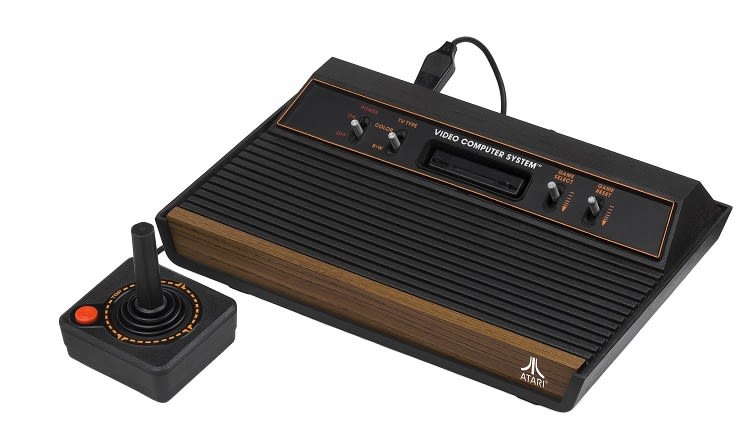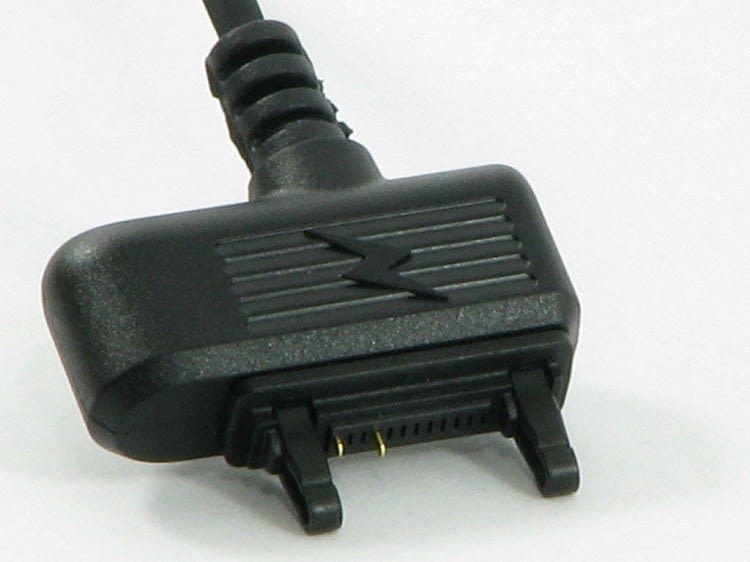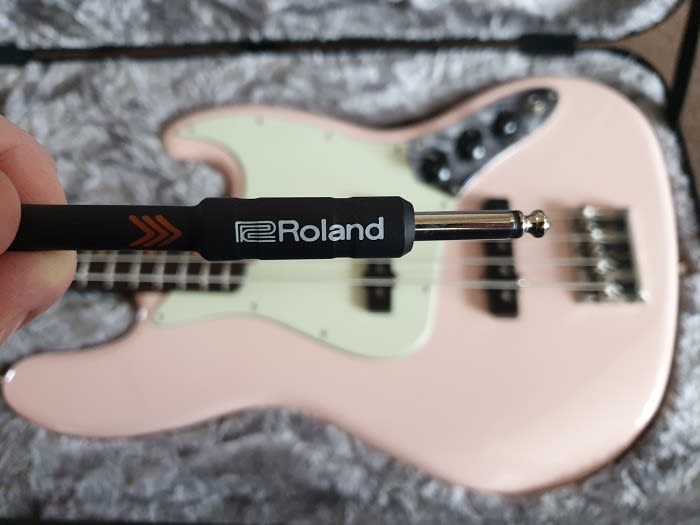Connectors - Evolution or Revolution?
Follow articleHow do you feel about this article? Help us to provide better content for you.
Thank you! Your feedback has been received.
There was a problem submitting your feedback, please try again later.
What do you think of this article?
Connector design is generally a matter of evolution, not revolution. Most connectors are a variation on what has gone before, a trend which has some interesting effects. In contrast to the world of semiconductors, with its emphasis on the newest, the fastest and the smallest, designs in the connector industry tend to have long operation lives.
Staying Power
There are many examples of products with this kind of longevity. The humble D-subminiature connector is still made in huge quantities, even after more than 6 decades of service and plenty of predictions of its demise. Swiss manufacturer LEMO still produces the very first connector that it designed back in the 50s alongside its newer products. The circular connectors fitted to the latest airliners would be very familiar to anyone who worked on the original Douglas DC-3 back in the 30s.
The DC-3 - still going strong after 85 years
Image: Bastian Ding / Airliners.net
It can be said that connector users are a relatively conservative bunch, trusting the familiar and being wary of the new. This leads to another effect of the evolutionary process – the relative lack of truly revolutionary or different solutions in the connector market. There are a few exceptions in the industrial world – the emergence of the original USB connector was one such moment, and I would also include the launch of the SKEDD connector a few years ago.
However, there have been some unusual developments. Interestingly, these often take place in the consumer world, where users are more willing to embrace the new and different. In contrast to more conventional connectors, these designs have often enjoyed a brief day in the sun before disappearing completely. They are easy to study because of their familiarity to the public.
Playing Games
Video games are big business, and modern consoles are direct descendants of the original ATARI and Nintendo machines on the 1980s. All these devices used controllers connected to the console via a cable and connector arrangement, and many also used bespoke cartridges to load the games themselves.
The ATARI 2600 - Cutting Edge Technology!
The connectors used in these devices were designed to provide reliability in the home environment, which can be remarkably tough. They used techniques such as wiping contacts, which provided a certain level of self-cleaning combined with a long mechanical life. The game cartridges were read-only memory devices that have much in common with USB memory sticks of the modern age. They often used a similar wiping contact in a card edge design. Those of us who are old enough (I must include myself in that group) will remember the challenges of making a well-used games cartridge load correctly, including the typical self-help procedure – remove the cartridge, blow onto the contacts to remove any fluff, and re-insert.
Modern games consoles, as with many other technologies, have gradually succumbed to the dominance of the USB connector, which incidentally also uses wiping contacts. Our homes are filled with so much more technology than ever before, and manufacturers have realized that consumers want a simple, universal solution that does not require tangles of incompatible connectors and cables.
mein Handy ist kaputt*
Mobile telephones have now been with us for nearly 4 decades, but most of us (again, those of us who are old enough) will have had our first experience of them in the mid-90s. By then, there was a wide choice of products from names like Nokia, Motorola and Ericsson. Every handset featured a system connector that provided battery charging and connection to accessories such as headsets and car kits. In the days before small USB connectors were available, every manufacturer designed their own system connector.
Do you remember your first mobile phone charger?
These system connectors were remarkable because they were designed with two competing requirements. On the one hand, they need to be very reliable. Mobile phones are thrown in handbags and stuffed into pockets, they jostle around with sets of keys and spare change. Despite this, consumers expect them to work at a moment’s notice.
At the same time, the system connector needs to be cheap to make and easy to assemble. Alongside the now-familiar wiping contacts, manufacturers used exotic solutions including spring-loaded designs and even pogo pins. In the competitive mobile phone market, manufacturers cannot afford to spend huge amounts of money on individual components. That is as true now as it was 30 years ago.
And yet this type of product has all but disappeared from use. The rise of the mini-USB connector, and more recently the purpose-built USB type C, has meant the disappearance of the custom-designed system connector. The only exception is Apple, which has continued to manufacturer its own connector for iPhones.
Rock'n'Roll Lives!
Reading this, it would be easy to assume that connectors for entertainment devices are destined to have short lives, and before the advent of truly universal connectors this was broadly true. However, there is at least one exception. This is a picture of my pride and joy, a 2019 Fender Jazz Bass Guitar. The sole connector mounted to it is a quarter-inch jack.
Brand new guitar, 140-year-old connector
This is the oldest connector in the world, certainly the oldest one still in service. Used in the first telephone switchboard in 1877, the quarter-inch jack has remained largely unchanged since then. Virtually all rock and roll music ever recorded will have used it, and new instruments are still made with this fantastically simple and robust connector.
The consumer electronics market, whether for home entertainment or mobile phones, has travelled the road to standardization that industrial electronics took some time ago. Due to the proliferation of devices that we need every day, universal connectors make a lot of sense. From the geeky point of view, it is sad to see some of the more exotic connector designs fade from view. Some were successful, others could best be described as temperamental, but they all represented interesting side-paths in the evolution of connector design.
* This translates as "my mobile phone is not working". Often because the connector has broken.





